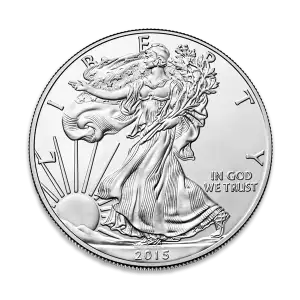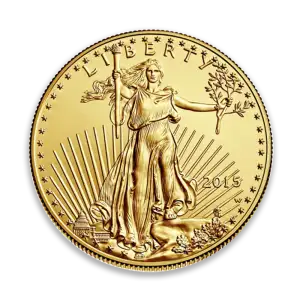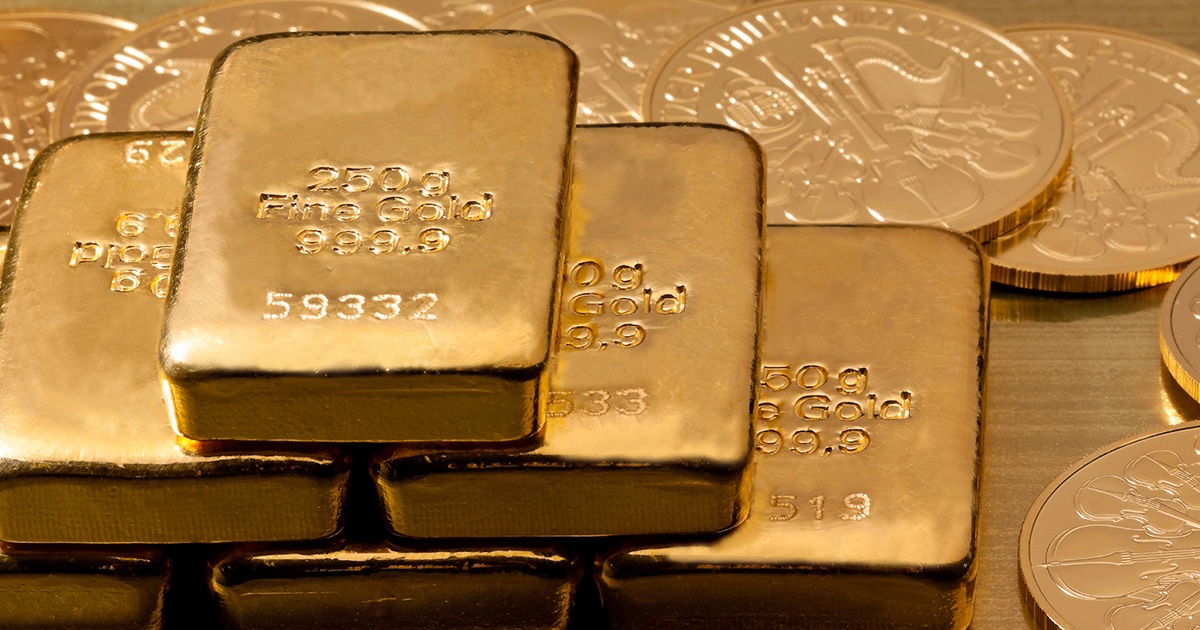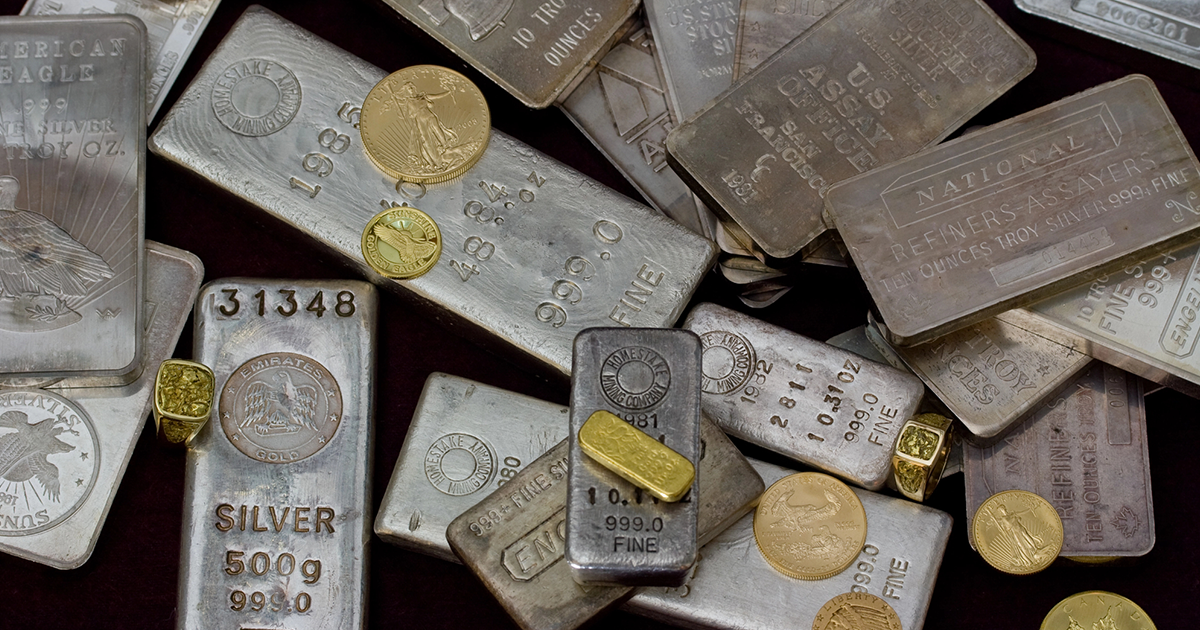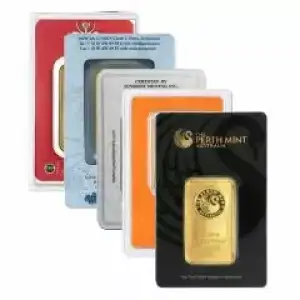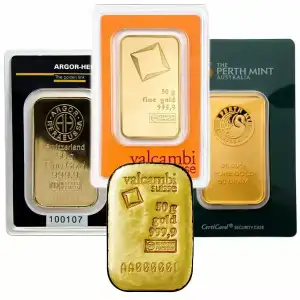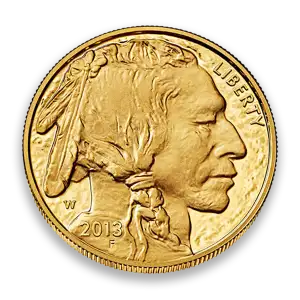
A Guide for Buyers in Chantilly & Vienna, VA
Investing in gold and silver coins is a smart move - but only if they’re the real deal. In today’s market, counterfeits are getting more sophisticated, especially when buying online or from unknown sources. That’s why knowing how to authenticate gold and silver coins is essential for every collector or investor in Chantilly or Vienna, VA.
At The Bullion Bank, we believe knowledge is the first step to secure investing. Let’s explore how you can identify genuine bullion and avoid falling for fakes. One simple method for beginners is the skin test, which involves holding the gold against the skin to check for any discoloration, indicating the presence of alloys in fake gold. Another simple method is the ceramic plate test, where you gently drag the coin across an unglazed ceramic plate to check for a distinct gold streak, indicating a genuine coin.
Introduction to Precious Metals
Precious metals, such as gold and silver, are highly valued for their rarity, durability, and versatility. Investing in precious metals can be a lucrative venture, but it’s essential to ensure the authenticity of the metals to avoid counterfeit products. Different metals can affect the outcomes of various tests, such as the ultrasound test, which is used to assess the authenticity of bullion. Gold coins, silver coins, and bullion are popular investment options, but counterfeit coins and bullion can be highly sophisticated, making it challenging to spot fake gold coins and silver coins. In this guide, we will explore the various methods to verify the authenticity of precious metals, including gold coin authentication, silver bullion verification, and consulting professional appraisers.
Why Coin Authentication Matters
When you invest in precious metals, you’re not just buying shiny objects—you’re buying value. But if that value is based on a counterfeit, your money is at risk. Fake coins are prevalent in the market, imitating rare ones or inflating the perceived value of standard coins, making it crucial to identify and avoid them. Closely examining coins for signs of being a counterfeit coin, such as discoloration and suspicious hallmarks, is crucial.
Consulting a reputable coin dealer can provide the necessary expertise to verify the authenticity of your coins.
Key Reasons to Authenticate Coins:
- Protect Your Investment – Fakes have no resale value.
- Ensure Liquidity – Only genuine coins are accepted by reputable dealers.
- Preserve Value – Authentic coins maintain their market worth over time.
Key Takeaways – Authenticating gold coins is crucial to protect your investment, ensure liquidity, and preserve value. Utilize multiple verification methods, including visual inspections, weight analysis, and consulting reputable sources to ensure the authenticity of gold coins.
Understanding Gold Coin Authentication
Gold coin authentication is a critical process that involves verifying the authenticity of gold coins to ensure they are genuine and not counterfeit. Verifying a gold coin's authenticity involves examining its size and weight against known standards. There are several methods to authenticate gold coins, including the magnet test, nitric acid test, and ping test. The magnet test involves checking if the gold coin is attracted to a magnet, as gold is not magnetic. The nitric acid test involves applying a drop of nitric acid to the gold coin, which will not react with genuine gold. The ping test involves striking the gold coin with a small object, which will produce a high-pitched ringing sound if it’s genuine. Another method is the ceramic scratch test, which involves dragging the coin across an unglazed ceramic plate to check for a distinct gold streak. These tests can help identify counterfeit gold coins and ensure the authenticity of gold bullion coins.
Silver Bullion Verification
Silver bullion verification is equally important to ensure the authenticity of silver coins and bullion. There are several methods to verify silver bullion, including the magnet test, density test, and acid test. The magnet test involves checking if the silver bullion is attracted to a magnet, as silver is not magnetic. While silver is non-magnetic, other non-magnetic metals like aluminum and copper could still be present, so additional tests should be conducted. The density test involves measuring the density of the silver bullion, which should match the standard density of silver. The acid test involves applying a drop of acid to the silver bullion, which will react with genuine silver. These tests can help identify counterfeit silver coins and ensure the authenticity of silver bullion.
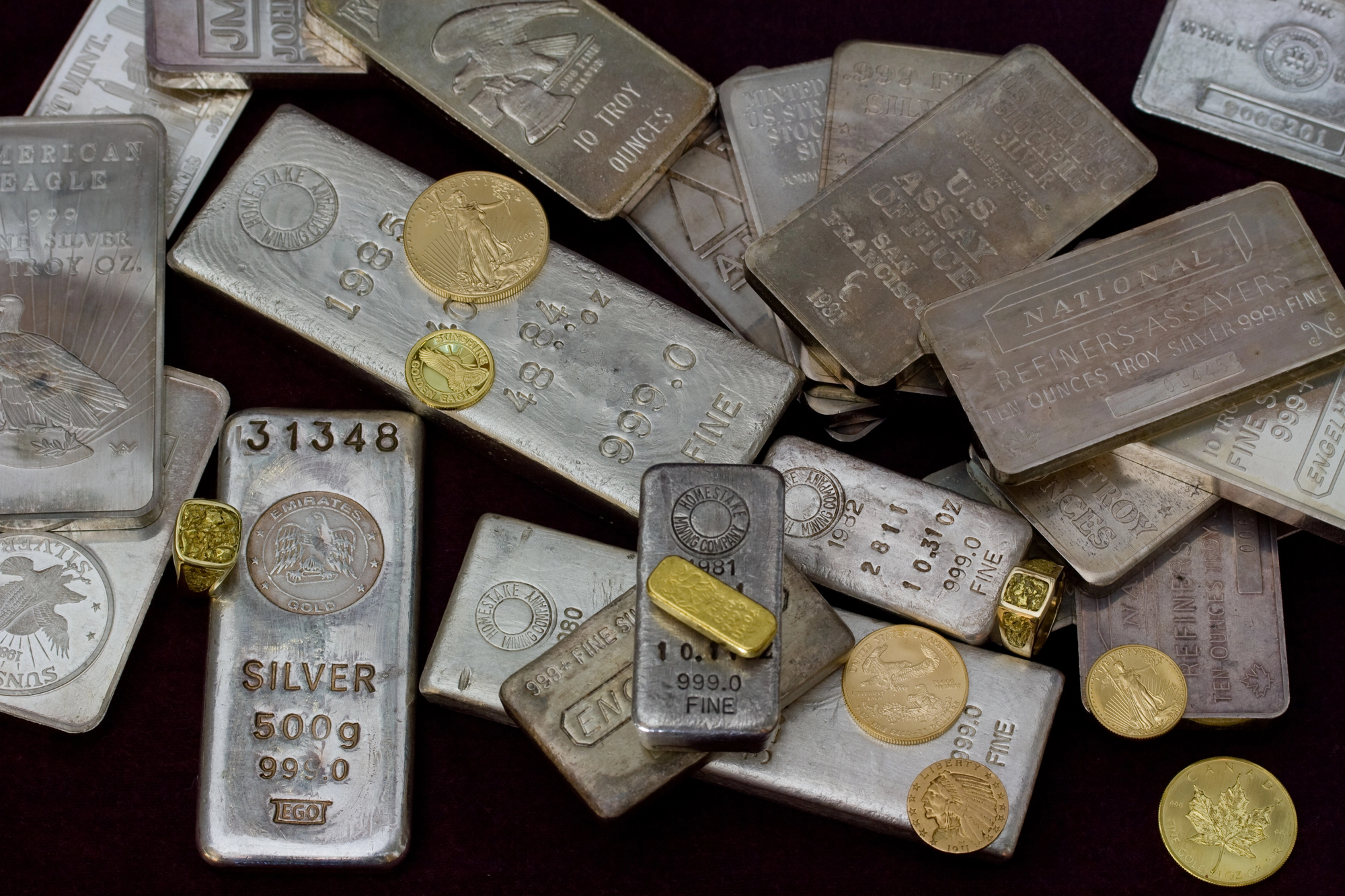
How to Authenticate Coins at Home (Beginner-Friendly Methods)
You don’t need to be an expert or own a lab to spot a fake. Here are simple at-home methods to help you tell if gold or silver coins are real:
One such method is the easy test, which involves a quick float test to verify the authenticity of gold coins. The white vinegar test is another simple method, where genuine gold will not change in appearance when exposed to white vinegar.
The water displacement test is also useful. The presence of other metals mixed with gold can affect the results of the water displacement test.
1. Visual Inspection
- Check for unusual textures, off-color tones, or blurry mint marks.
- Government-issued coins (like the American Gold Eagle or Silver Maple Leaf) have precise, high-quality designs.
- Look out for spelling errors or design inconsistencies.
- Use a magnifying glass for detailed inspection to identify key features such as discolorations, engravings, and hallmark details that indicate authenticity or potential counterfeiting. Using a magnifying glass can help identify key features that indicate a counterfeit coin.
Rare coins are often targeted by counterfeiters, making it crucial to verify their authenticity.
2. Magnet Test
- Gold and silver are non-magnetic.
- If the coin sticks to a strong magnet—it’s fake or alloyed.
3. Ping (Sound) Test
- Tap the coin with a solid metal object and listen.
- Real silver and gold emit a high-pitched “ping” that lasts longer than the dull clink of fakes.
4. Weight & Dimensions
- Use a digital scale and caliper.
- Genuine coins match exact specifications, including specific weight and dimensions (e.g., a 1 oz Silver Eagle weighs 31.1g and is 40.6mm in diameter). Accurate weight measurements are essential as counterfeit coins often fail to meet these specific weight standards. Genuine coins and counterfeits can differ in weight even when they appear to have the same dimensions.
5. Water Displacement (Density) Test
- A real silver coin has a specific gravity of ~10.5, while gold is ~19.3.
- Use water displacement in a graduated cylinder to test density.
The presence of base metals can affect the results of the water displacement test, as these metals may alter the overall density of the coin.
6. Float Test for Density
The float test is a simple and effective method to verify the density of silver bullion. To perform the float test, fill a bowl with water and gently place the silver bullion into the water. If the silver bullion sinks, it’s likely to be genuine, as silver has a high density. If it floats or hovers, it may be counterfeit. This test is a clear indication of the authenticity of silver bullion and can be used in conjunction with other methods to ensure the authenticity of silver coins.
Advanced Authentication Methods
If you want to go a step further (or verify high-value coins), consider these more accurate options:
Pure gold does not react with the skin, is dense and heavy, and remains unchanged in vinegar.
Testing for gold purity is crucial in these advanced methods, as genuine gold does not cause skin discoloration, while counterfeit items may leave marks.
Acid Test Kits
- Use nitric acid to test for purity.
- Effective, but can damage the coin’s surface - not recommended for collectible coins.
When testing, be cautious as counterfeit bullion can react differently, potentially leading to misleading results and further damage.
XRF Analyzer
- Non-destructive, quick metal analysis.
- Professional equipment used by dealers like The Bullion Bank.
Specific Gravity Test (Precise Density Check)
- Used with distilled water and a sensitive scale to measure the exact weight.
- Ideal for testing silver purity.
Certificates of Authenticity for Gold & Silver Coins
Certificates of authenticity are essential documents that verify the legitimacy of gold and silver coins. These certificates are typically issued by reputable mints, such as the Royal Canadian Mint or the United States Mint, and guarantee the coin’s metal composition, weight, and purity. When purchasing gold or silver coins, it’s crucial to ensure that they come with a certificate of authenticity to protect your investment from counterfeit coins.
A certificate of authenticity provides peace of mind, as it confirms that your gold or silver coin is genuine and not a fake gold coin. Reputable dealers, such as JM Bullion, provide certificates of authenticity for all their gold and silver coins, including gold bullion coins and silver maple leaf coins. The certificate of authenticity includes details such as the coin’s serial number, metal composition, weight, and purity, making it easier to verify the coin’s authenticity.
In addition to the certificate, it’s also important to inspect the coin itself for any signs of tampering or alteration. Methods such as the magnet test or visual inspection with a magnifying glass can help identify potential counterfeit coins. By verifying the authenticity of your gold and silver coins, you can ensure that your investment is secure and valuable, and that you’re not unknowingly buying counterfeit coins.
Detecting Counterfeit Gold Coins with Real Gold
Detecting counterfeit gold coins requires a combination of knowledge, experience, and the right tools. Several methods, such as the ping test, magnet test, and nitric acid test, can be employed to spot fake gold coins. One of the most effective ways to identify counterfeit coins is to compare them to real gold coins, paying attention to details such as weight, size, and metal composition.
Genuine gold coins, such as those from the Royal Canadian Mint, have a distinct look and feel that is difficult to replicate. Methods such as the float test or skin test can help verify their authenticity. Counterfeit gold coins, on the other hand, may have a different weight, size, or metal composition, and can be identified using methods such as the ceramic scratch test or vinegar test.
To detect counterfeit gold coins, it’s essential to use a combination of methods, including visual inspection, weight and size verification, and metal composition analysis. Other tests, such as the ultrasound test, can also be useful. Reputable dealers, such as The Bullion Bank, can help you identify genuine gold coins and avoid counterfeit ones, providing a wide selection of authentic precious metal bullion, including gold and silver coins and bars.
By working with a reputable dealer and using the right tools and methods, you can ensure that your gold coins are authentic and valuable, and that you’re not buying counterfeit gold coins. Remember, detecting counterfeit gold coins requires patience, attention to detail, and a commitment to verifying the authenticity of your coins. This involves a substantial amount of knowledge and experience, as well as considering the market value and numismatic value of the coins.
Consulting Professional Appraisers
Consulting professional appraisers is an essential step in verifying the authenticity of precious metals. Professional appraisers have the expertise and equipment to accurately assess the authenticity of gold coins, silver coins, and bullion. A reputable coin dealer can provide the necessary expertise and equipment to accurately assess the authenticity of your coins. They can perform various tests, including X-ray fluorescence and ultrasound, to verify the metal composition and authenticity of the precious metals. Professional appraisers can also provide a detailed report on the authenticity and value of the precious metals, giving investors peace of mind and ensuring they are making a legitimate investment. Reputable dealers, such as the Royal Canadian Mint and the United States Mint, can also provide authentication services and ensure the authenticity of gold and silver bullion.
Common Red Flags When Buying Coins
To avoid counterfeit coins, look for these warning signs:
- Prices way below market value
- No receipt or certificate of authenticity
- Private sellers without reviews or reputation
- Incorrect weight, design, or tone
- No assay card (for gold bars or rounds)
Highly sought coins, like the Silver Maple Leaf, are often targeted by counterfeiters due to their value.
Why Buy Gold & Silver Coins Locally in Chantilly & Vienna, VA?
Investors in Northern Virginia are fortunate to have access to trusted precious metal dealers. Buying locally ensures: purchasing from a reputable dealer, which guarantees quality and authenticity, transparent pricing, and reliable buyback options.
Local Benefits:
- See before you buy
- Avoid shipping delays or losses
- Talk to knowledgeable staff
- Protect yourself from online scams
- Support local business and economy
At The Bullion Bank, we proudly serve Chantilly, Vienna, and the surrounding areas with personalized service and top-tier authentication standards.
How The Bullion Bank Verifies Authenticity
When you buy from us, you can rest easy knowing:
- All products are sourced from authorized distributors or directly from government mints.
- We use XRF testing and specific gravity analysis for thorough inspection. Verifying the precious metal content is crucial for determining the market value and authenticity of our bullion.
- Every coin is examined by experienced professionals.
- We offer full transparency and guarantees of authenticity.
Protecting Your Coins After Purchase
Authentication is just the first step. Make sure you:
- Keep coins in original packaging
- Store them in a home safe, bank deposit box, or a private vault
- Avoid cleaning coins, which can reduce their value
- Keep records of purchase, receipts, and certifications
Maintaining the authenticity of authentic gold coins is crucial to preserving their value and ensuring they remain genuine investments.
FAQ
Q:How can I tell if my gold coin is real?
A:Use the magnet, weight, and ping test at home—or bring it to The Bullion Bank for professional testing. To verify a gold coin’s authenticity, compare its size and weight against standard specifications using accurate tools.
Q:
Are fake silver coins common?
A:
Unfortunately, yes. Counterfeits are often sold online or by unauthorized dealers.
Q:
Can I test my coins without damaging them?
A:
Yes! Techniques like ping test, weight check, and XRF are completely non-destructive.
Q:
What is a silver dollar?
A:
A silver dollar is a type of coin minted primarily of silver, distinct from other coins like the half dollar.
Q:
What’s the best way to buy authentic coins near me?
A:
Visit trusted dealers like The Bullion Bank in Chantilly or Vienna, VA for verified products.
Final Thoughts
Knowing how to authenticate gold and silver coins is crucial - whether you’re a seasoned investor or just getting started. While home tests are a great first step, working with a trusted local expert gives you peace of mind that your investment is real and protected.
Various methods to assess gold authenticity, such as the vinegar test, skin test, and nitric acid test, offer practical approaches to determine whether gold items are genuine or fake.
Visit The Bullion Bank Today
Looking to start or grow your precious metals portfolio? Stop by The Bullion Bank in Chantilly or Vienna, VA or visit us online to browse verified gold and silver coins backed by expert authentication.
Your peace of mind is worth it - and your portfolio deserves it. Buy gold coins from The Bullion Bank to ensure you are purchasing from a reputable dealer and minimizing the risk of counterfeits.

